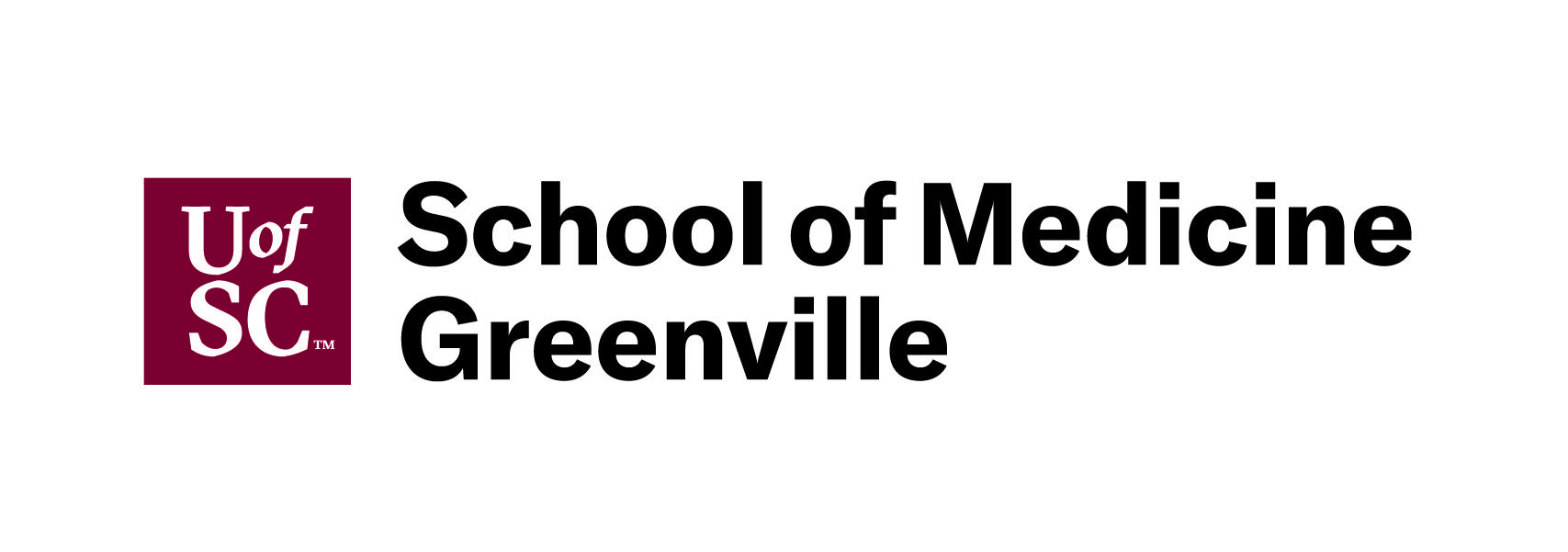
Get the latest articles delivered directly to your inbox!
Our Contributors
Class of 2022
Kyle Duke
Austin Foster
Charlotte Leblang
Ross Lordo
Class of 2021
Dory Askins
Connor Brunson
Keiko Cooley
Mason Jackson
Class of 2020
Megan Angermayer
Carrie Bailes
Leanne Brechtel
Hope Conrad
Alexis del Vecchio
Brantley Dick
Scott Farley
Irina Geiculescu
Alex Hartman
Zegilor Laney
Julia Moss
Josh Schammel
Raychel Simpson
Teodora Stoikov
Anna Tarasidis
Class of 2019
Michael Alexander
Caitlin Li
Ben Snyder
Class of 2018
Alyssa Adkins
Tee Griscom
Stephen Hudson
Eleasa Hulon
Hannah Kline
Andrew Lee
Noah Smith
Crystal Sosa
Jeremiah White
Jessica Williams
Class of 2017
Carly Atwood
Laura Cook
Ben DeMarco
Rachel Nelson
Megan Epperson
Rachel Heidt
Tori Seigler
Class of 2016
Shea Ray
Matt Eisenstat
Eric Fulmer
Geevan George
Maglin Halsey
Jennifer Reinovsky
Kyle Townsend
Join USCSOMG students on their journeys to becoming exceptional physician leaders.

Lifestyle Medicine: Treating the Cause
During my last EMT shift as an intern, we transported a man who had congestive heart failure, reporting that his fluid meds were not working and that he needed a ride to the emergency department. In talking with him, we learned his self-reported past medical history included an overwhelming number of heart attacks and stent placements.
I felt as though I was in a scene from the documentary Escape Fire—The Fight to Save American Healthcare. Escape Fire lends acknowledgement to the fact that the American healthcare system is badly broken and that something needs to be done now to fix it—that healthcare in our nation truly needs to be transformed in order to improve the current and future health of Americans while significantly cutting costs. I kept wondering as we were transporting our patient—how did this happen? Had anyone ever taken an interest in this patient’s quality of life and talked with him about changing his diet, or was it just about his surgeries and medications? Was he able to have any physical activity? What lifestyle changes could be made to positively impact this patient’s life? Was it too late for him, and is it ever really too late?
One of our EMT instructors told us that the future of EMS involved EMTs working as community health workers, checking in on patients in their homes to follow up after hospital visits in an effort to reduce readmissions. Could these follow-ups include nutritional and exercise counseling? And more importantly, would healthcare providers of the future be able to model for their patients how to live a healthy lifestyle?
Lifestyle medicine is something that has been on my mind a lot recently, as it seems as though we are reminded of its importance at least weekly at school. This focus is something that really interests me and is part of the reason why I chose to attend USC School of Medicine Greenville. A school with a vision of “transforming healthcare for the benefit of the people and communities we serve” is something that most definitely aligns with my goals.
I recently participated in a community health fair in Greenville with the Spanish Club. The church gymnasium was packed, and as students, we took blood pressure, blood sugar, height, and weight before patients went in to see a physician. I was at the height and weight station, which put me in charge of calculating patients’ BMI and BMI status (normal, overweight, obese, morbidly obese). Unfortunately, I spent most of my shift classifying the health fair guests, both adults and children, as “overweight” or “obese.” On one hand, it was disheartening, but on the other hand, I was inspired because a few booths down from my scale and tape measure, another health fair volunteer was holding a “healthy cooking/eating” class that health fair guests could participate in. I realized that lifestyle medicine was being practiced during that health fair; education and resources were being shared that could have a very positive impact on many lives that day and this was extremely exciting for me.
Lifestyle medicine is about taking the spotlight off of our fast-food nation, about taking the focus off of wanting a quick and easy fix for a symptom; it’s about treating the patient behind the symptom and providing them with the education necessary to live a healthy life. It’s about meeting the patient where they are at and sharing with them what resources are available to them despite their socioeconomic status; it’s about branching out and using different resources/practitioners (i.e. nutritionists) in the community.
Lastly, but perhaps most importantly, it’s about taking care of yourself, which I know even now as a medical student, is easier said than done, but for lifestyle medicine to truly be effective, providers have to believe in it for themselves, before they prescribe it for their patients. This is not saying that healthcare providers must be perfect. Acknowledging to your patients that you have struggled with maintaining a healthy weight or have struggled to give up smoking could be a way of creating a partnership with your patients that inspires them to adopt healthy behaviors. Patients knowing they are not alone in issues of health can be very empowering.
I feel as though entering the world of medicine is much like entering the world as a small child—your curiosity and questions are unending and you see the world as one with endless possibilities. However, as you continue your journey into the world, life happens—different experiences shape you and maybe possibilities don’t seem as endless as they once did. However, l feel truly blessed to have the opportunity to be at a medical school where faculty have not given up hope. They remain not only optimistic and passionate but also confident in the belief that through small changes in healthcare delivery and patient care, American healthcare will be transformed for the better, and that the healthcare of our community and nation can and will be improved, one tiny step at a time.
Transforming Medical School Blog
Copyright 2021 USC School of Medicine Greenville


